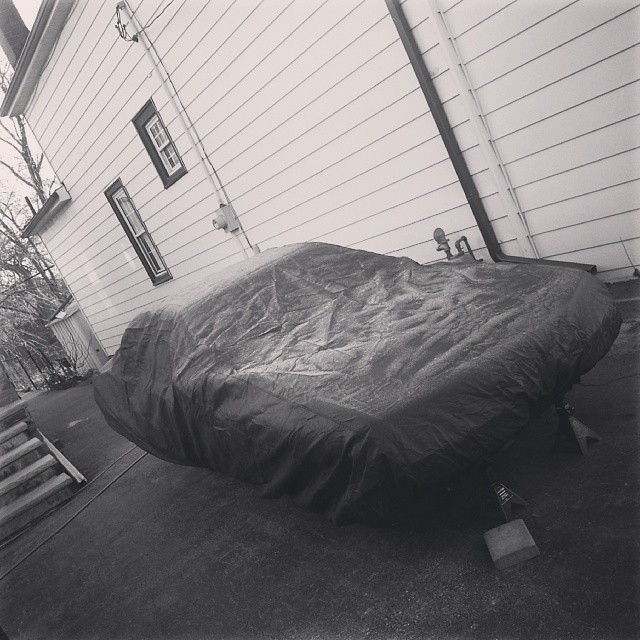I like. 
If you do the calculations, you'll probably find out a stock airbox panel filter flows slightly better than both of those pod filters combined. Main problem with stock airbox is getting enough air to it.

Originally posted by MarusGTR
View Post
































































Comment